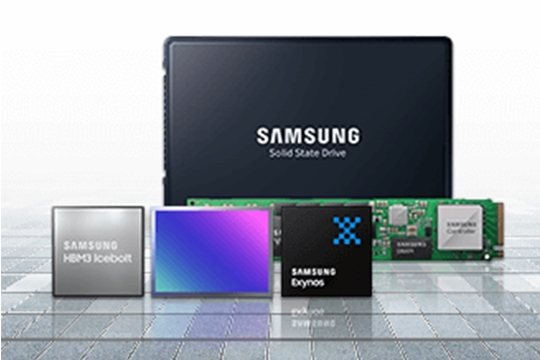The Challenge:
Same Class, Same Instructor — Different Experiences
Colorado State University’s (CSU) College of Business has been offering distance learning for students since the 1970s, when classes were delivered on VHS tapes sent through the mail. Over the decades, the College of Business has steadily sought technology and practices that can help bring remote students together, connecting them in unique ways to the educational and classroom experience of on-campus students.
Lecture-capture video recordings, live streaming and chat functionality have contributed to bridging this gap, and students are continuing to respond positively to efforts to more seamlessly connect the online and on-campus educational experiences. However, the technological innovations required to meet this need are complex.
CSU’s College of Business has offered distance learning since the 1970s with constant attention to exploring ways to match the online and in-class student experiences.
Tools that facilitate online audio and video have helped — in a produced environment that’s part classroom, part TV studio — but remote students who access the videos on-demand are only able to easily interact with their online peers and educators. A number of these online students have expressed the desire to be more actively involved in classroom collaborations, beyond standard video-calling solutions that can be difficult to implement in a live classroom environment.
The most recent iteration of a tech-driven classroom involves multiple cameras and an operator/producer capturing the entire experience of the in-class students, and delivering it to remote screens. Students can see the lecturer and what is written on digital displays, as well as shots of on-site students as they ask questions or share their thoughts.
“At graduation we always have online students who go up to the on-campus students and start having a conversation like they’ve known each other the entire time. So, we are already building this experience where our online students feel a connection to the classroom,” said Richie Nelsen, the College of Business’ director of information technology.
“But we were getting feedback from them,” Nelsen adds, “saying that they would really like to participate more and be able to share some of the insights they’ve gained from their work experiences.”
Online chat windows that relayed questions to a teaching assistant, who then asked them out loud to the classroom, were not ideal. Attempts at using livestreaming software that brought students into a virtual meeting also had mixed results.
“They can ask their questions and feel like they’re a little more a part of the class than just typing a question in,” recalls Nelsen. “But there is quite a process involved to pull a particular student’s webstream, and visualize them on a classroom screen.”
More research exposed Nelsen to mashme, a Spanish software company that powers immersive learning and collaboration environments. The company, with roots in videoconferencing, started marketing what it called the Room of the Future in 2017, and that fall, had its first signature installation at the Said Business School at England’s famed Oxford University.
Nelsen’s initial take was that the technology had immense potential for the College of Business, but was out of the school’s budget range. He met with Dave Hoblick, an account manager with A/V integrator Howard Technology Solutions, who started looking into mashme. Hoblick worked with mashme and Samsung to come up with a pricing formula and technology mix that was workable.













